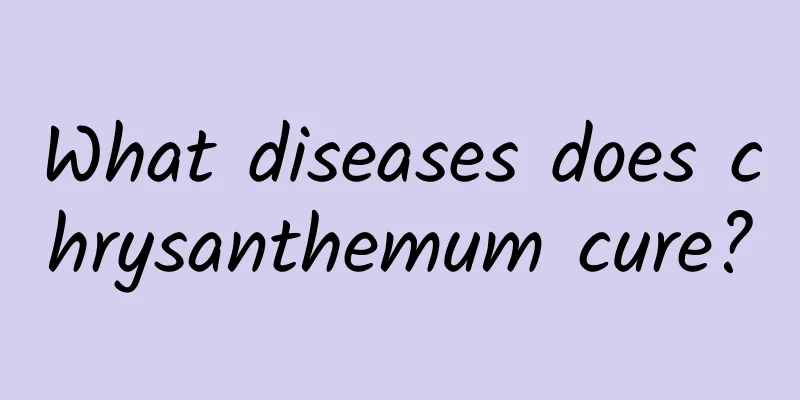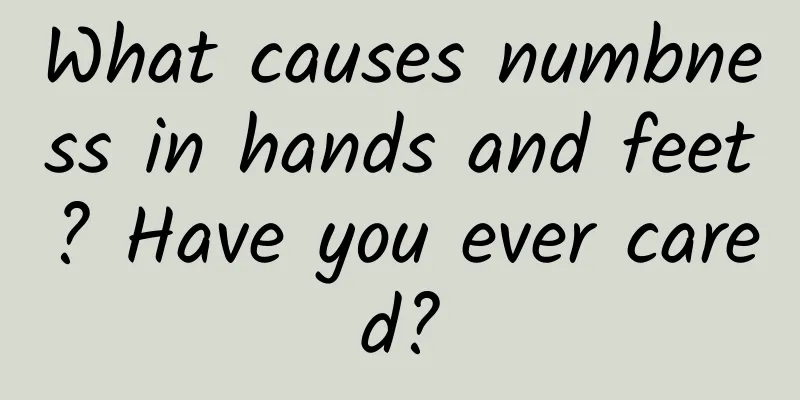What are the treatments for traumatic nosebleeds?

|
Traumatic nosebleed is caused by external reasons. Once traumatic nosebleed occurs, we must treat it in time, because traumatic nosebleed may cause some complications. Traumatic nosebleed can cause respiratory obstruction and shock in patients. So what methods do we have to deal with traumatic nosebleed? There are many treatments for traumatic nosebleeds. We must choose the method that suits us. The treatment of traumatic nosebleeds requires dealing with aspects such as airway obstruction and shock. 1. Treatment of airway obstruction For nosebleeds caused by trauma, attention should be paid to the respiratory tract condition and appropriate treatment should be given according to severity and urgency. For those with respiratory obstruction, that should be relieved first. 2. Treatment of shock For patients with severe bleeding, it is not advisable to examine them calmly. In addition to taking immediate measures to stop the bleeding, it is also necessary to quickly determine whether there is hemorrhagic shock. After shock occurs, nose bleeding often stops on its own and should not be mistaken for recovery. Attention should be paid to the early symptoms of shock, such as weak and clotted pulse, anxiety, irritability, pale complexion, thirst, cold sweat, chest tightness, etc. If the amount of bleeding reaches 500-1000ml, you should pay attention to keeping warm, take the side-lying position, give oxygen, and immediately give intravenous infusion. When the systolic blood pressure is lower than 11.3kPa (85mmHg), it means that a large amount of blood volume has been lost and blood transfusion should be given in time. Red blood cell count and hemoglobin measurement have no reference value for estimating the amount of acute epistaxis. 3. Application of hemostatic drugs Hemostatic drugs only play an auxiliary role in traumatic epistaxis. Anluoxue and Zhixuemin are effective for capillary bleeding, 6-aminocaproic acid is generally effective for people with coagulation dysfunction, and vitamin K is effective for people with reduced prothrombin. 4. Local hemostasis method (1) Local drug hemostasis; (2) Local cautery and coagulation method; (3) Blockage hemostasis method: ① anterior nasal blockage method; ② posterior nasal blockage method; ③ artery ligation method. Above we introduced what traumatic nosebleed is. We know that traumatic nosebleed is caused by external factors that cause nose bleeding. Traumatic nosebleed is prone to complications, so we must treat it in time. Above we introduced the treatment method of traumatic nosebleed, I believe everyone has mastered it. |
<<: How to treat infectious eczema
>>: What are the treatments for traumatic nosebleeds?
Recommend
Mild abnormal liver function
Abnormal liver function is mainly caused by some ...
The fastest way to reduce anal swelling
No matter which part of the human body has a prob...
The most taboo foods for pregnancy
During the preparation period for pregnancy, you ...
Can Panax notoginseng powder help you grow taller?
A person's height is related to genetic facto...
What are the hazards of intravenous infusion to children?
Infusion is very harmful to children's health...
Traditional Chinese medicine health care methods Men and women do this to maintain health, it can be fatal
Health preservation is now very important to peop...
How to treat allergic cough with Chinese medicine
More and more adults are beginning to embrace tra...
Which direction is the fetus' head facing at seven months
When a pregnant woman is seven months pregnant, i...
Why do women have strong body odor?
Having strong body odor is embarrassing. Xiaoli, ...
Lotus milk and empty fingers
Empty fingers is not actually a disease. It is a ...
Precautions after lumbar spine reduction
When it comes to lumbar spine problems, many peop...
Why do hands sweat?
Every summer, because of the hot weather, everyon...
What tests should be done when liver palms appear
Many people have heard that palms of the liver ar...
Can onions cure athlete's foot?
Onion is a vegetable we often eat. Onion contains...
What does it mean to take medicine all at once?
Taking medicine all at once is a method of taking...









